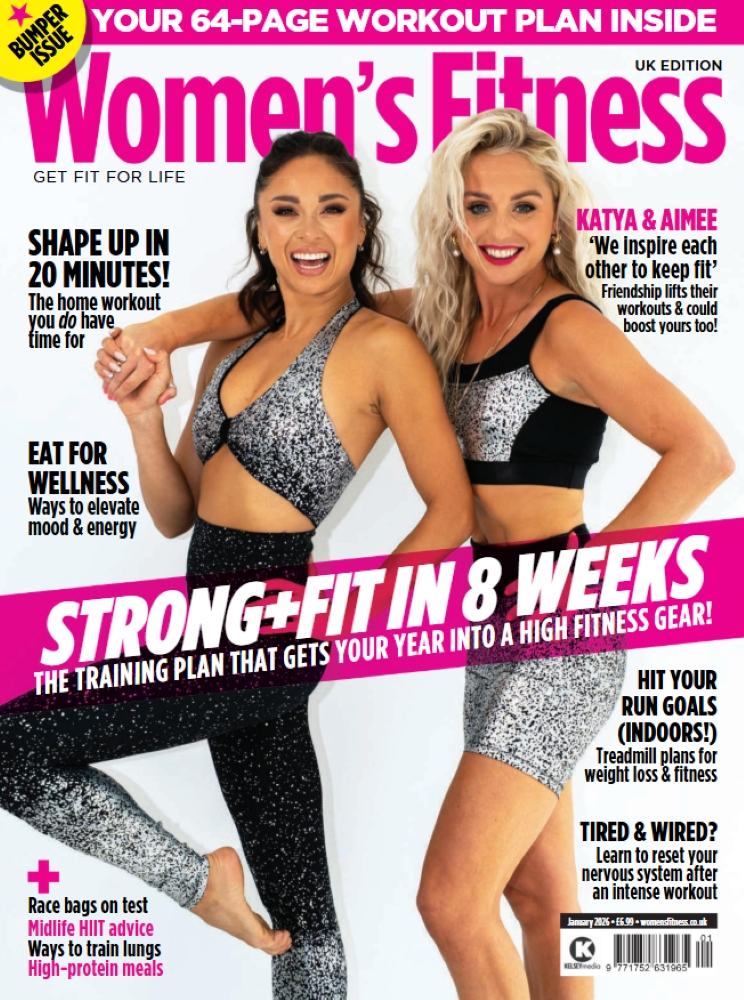If you’re looking to target your entire lower body, you can’t beat a lunges workout for its core, bottom and leg-toning benefits…
Not only are a lunges workout an effective exercise for targeting the legs and bottom, but they also engage and strengthen the core – all while getting your heart rate up and improving posture and co-ordination. Also known as a unilateral exercise, lunges work one side of the body at a time. This helps improve your stability, co-ordination and balance, which will aid with activities such as running. Another benefit to training one side of the body at a time is you can ensure both sides are getting an equal work out, rather than letting your stronger side do more of the work. Want in? Here’s how to lunge like an expert.
How to perform a lunges workout
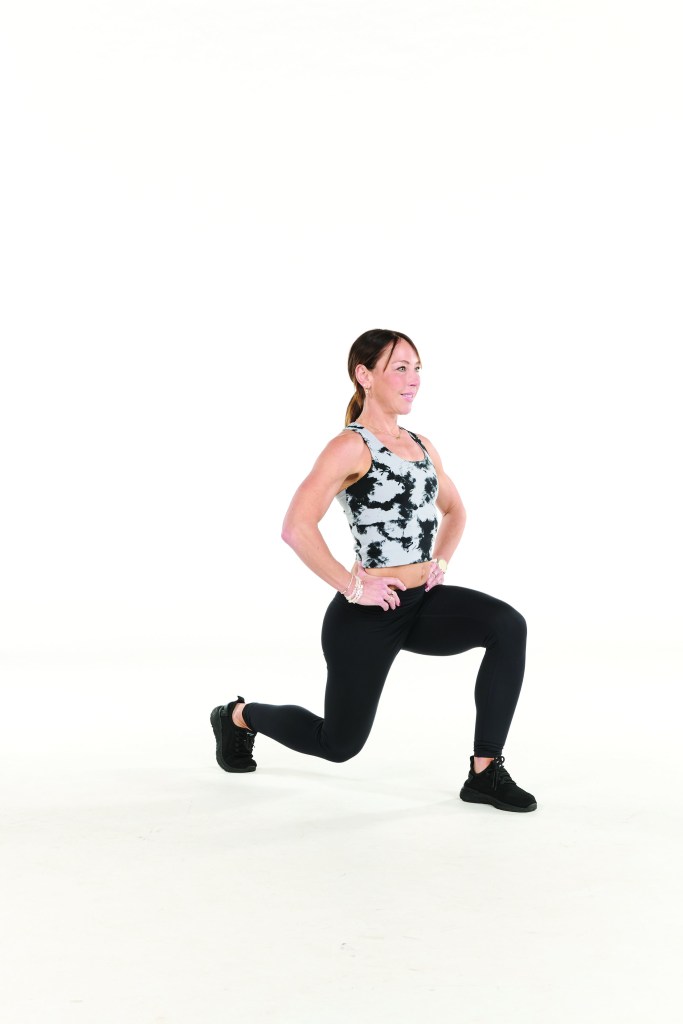
Stand with your back straight and core muscles engaged. Take a big step forward with your left foot and bend your knee until your left thigh is parallel to the floor. Allow your back heel to lift, but don’t let the knee touch the floor. Step back to the starting position, then repeat on the opposite leg. Option to add weights.
The stability way: split squat
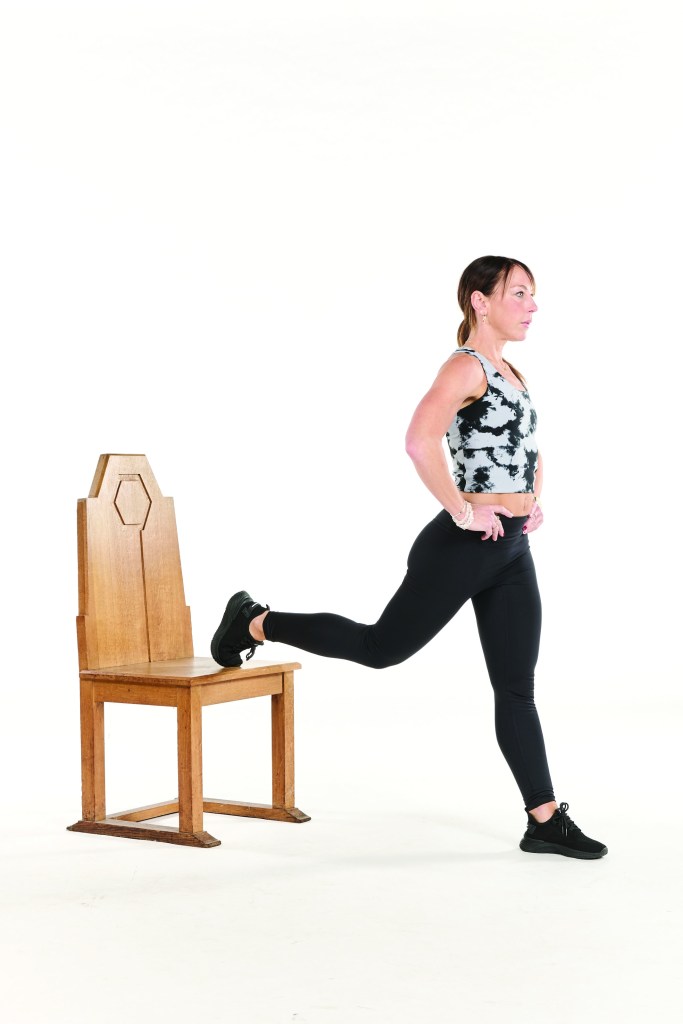
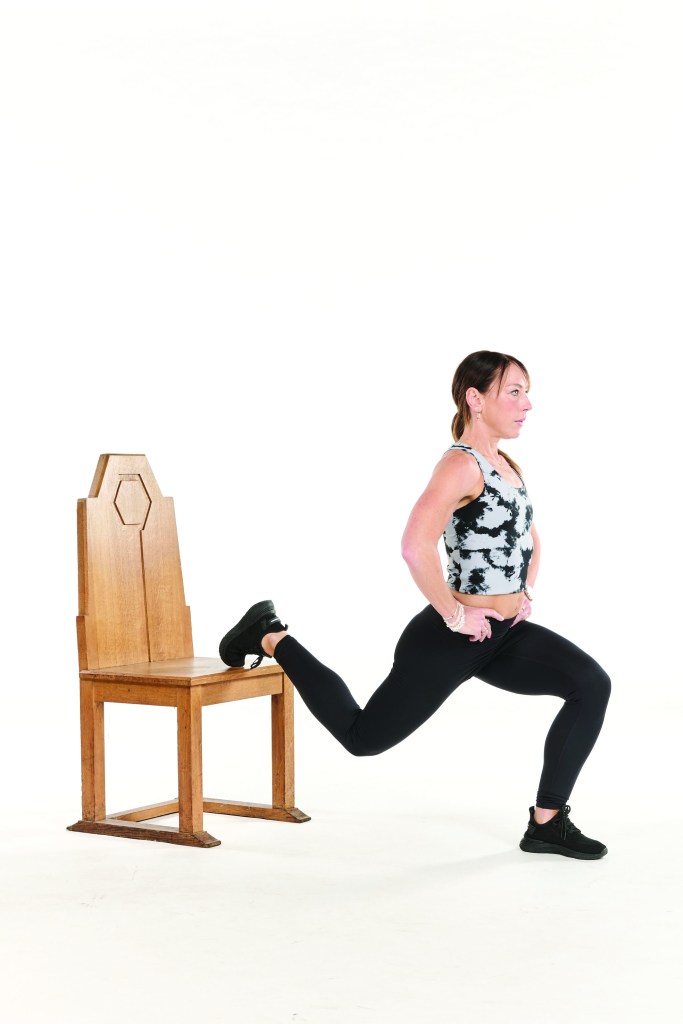
Why: Also referred to as a Bulgarian split squat, this version of the lunge will engage your core, which has to work hard to help you maintain stability. It will also work your glutes, hamstrings and quads (especially in your front ‘working’ leg).
- Stand a few feet in front of a bench or chair and raise one leg behind you, allowing your foot to rest on the support (A).
- Keeping your front foot planted on the ground, your chest up and your front knee in line with your toes, lower down into a lunge (B). Your back knee dips down and back, until it hovers above the ground.
- Press through your front foot to drive up and out of the lunge, straightening your front knee.
Build lower body stability with this glutes workout
The cardio way: jumping lunges
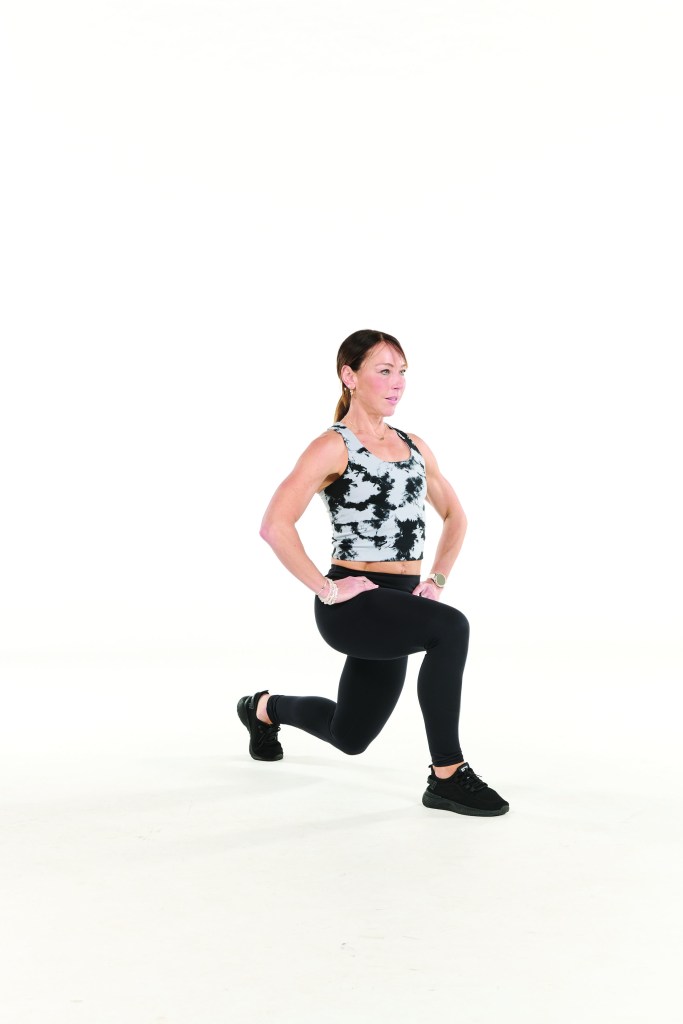

Why: Adding a jump will not only work your quads, glutes, hamstrings and calves, but also activate the fast-twitch muscles in your legs to help build speed and explosiveness.
- Start with your feet shoulder-width apart, core engaged and shoulders back. Take a step back with your left leg, with your weight on the ball of your back foot and your front foot flat on the floor (A).
- Jump up (B) to switch your legs in mid-air (left leg comes forward; right leg goes back). Use your arms to help you jump explosively. Ensure your chest is lifted.
- Land softly with both knees at 90 degrees, back in the lunge position. Jump again and keep alternating.








